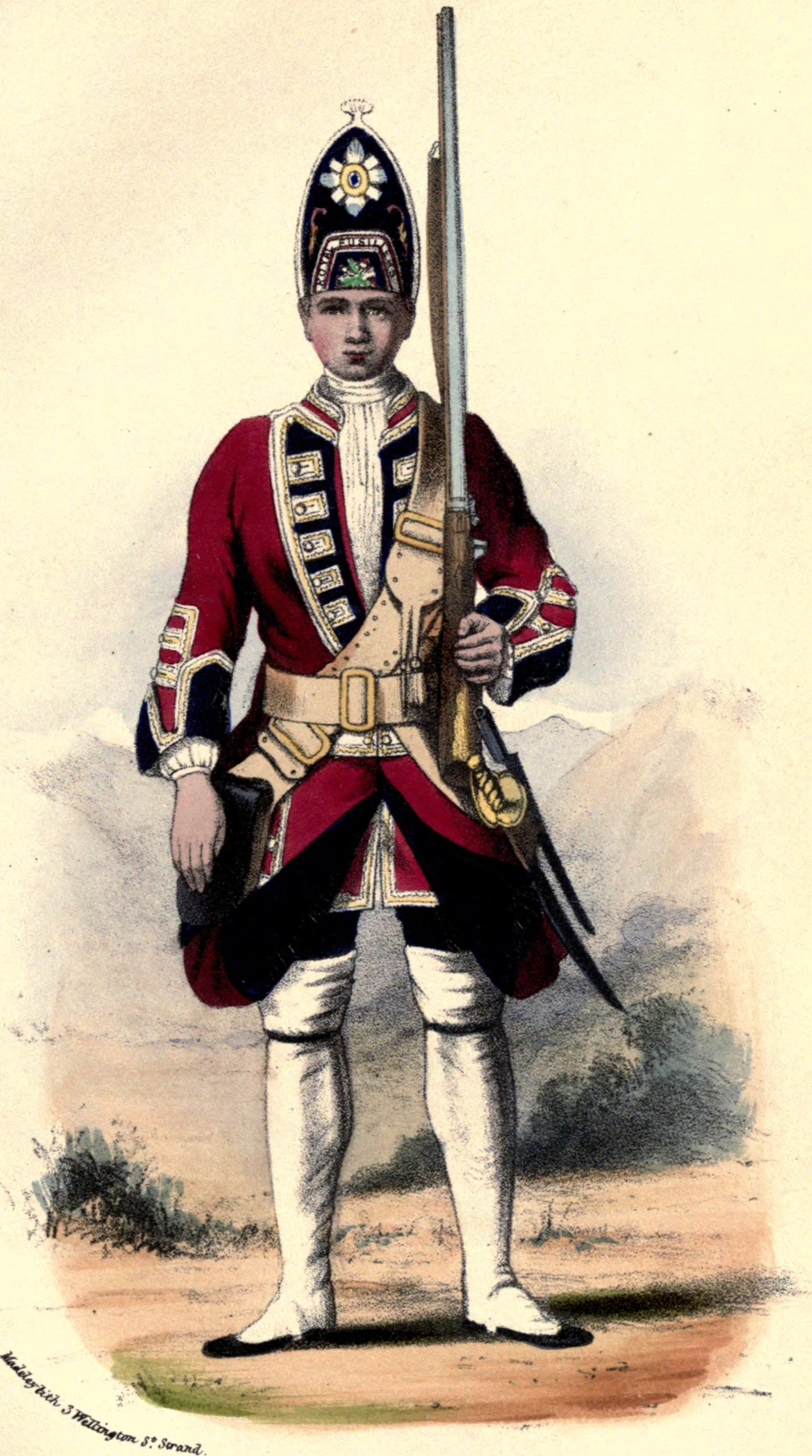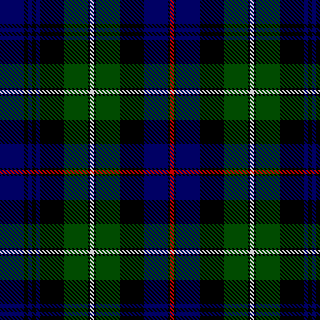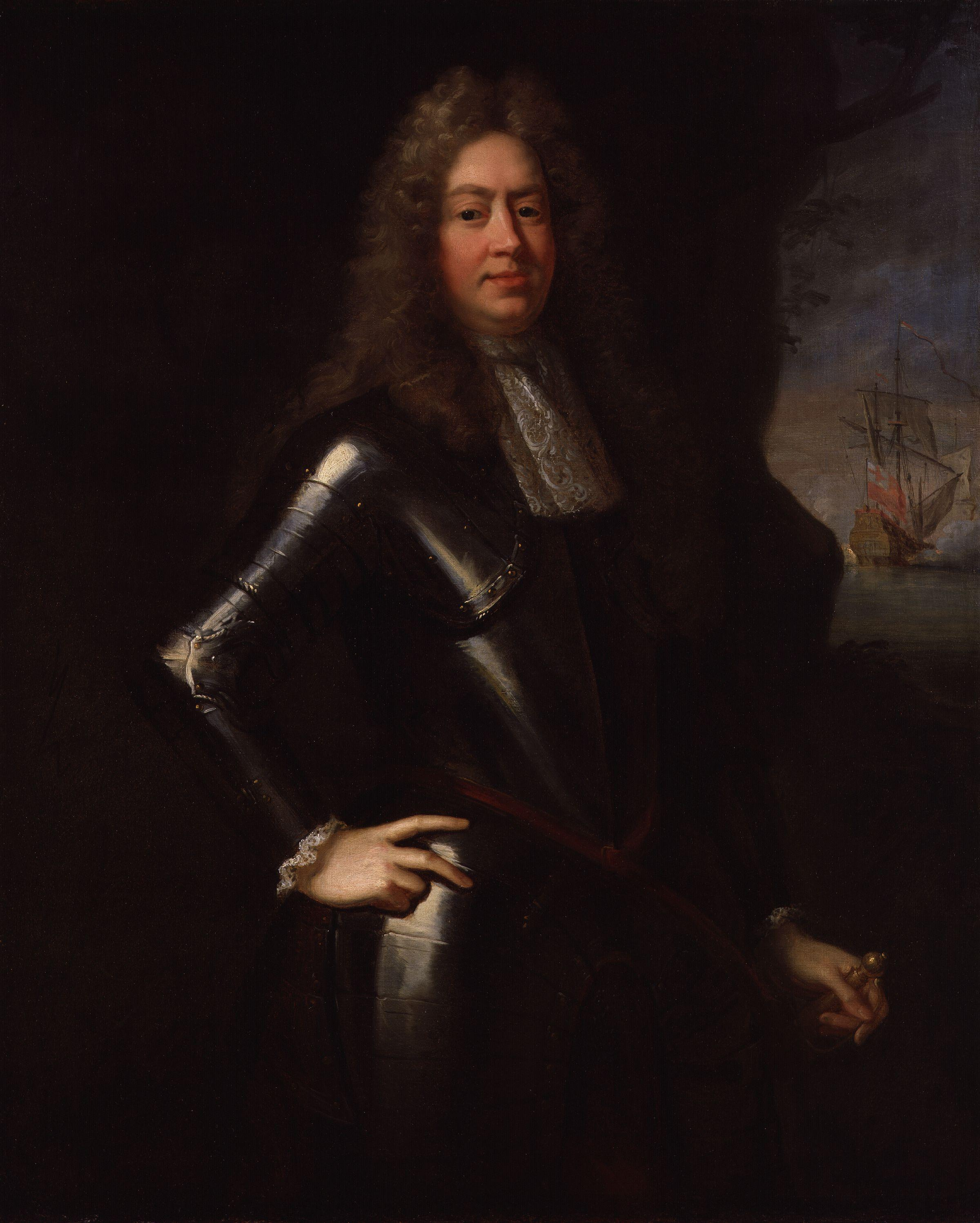|
Hackle
The hackle is a clipped plume or short spray of coloured feathers that is attached to a military headdress, with different colours being associated with particular regiments. In the British Army and the armies of some Commonwealth countries, the hackle is worn by some infantry regiments, especially those designated as fusilier regiments and those with Scottish and Northern Irish origins. The modern hackle has its origins in a much longer plume, originally referred to by its Scots name, ''heckle'', which was commonly attached to the feather bonnet worn by Highland regiments (now usually only worn by drummers, pipers and bandsmen). The smaller version originated in a regimental emblem adopted by the 42nd Royal Highland Regiment, to be worn in the sun helmet issued in hot-weather postings from the 1870s. British Army Hackle colours in British fusilier regiments Modern fusiliers In the modern British Army, there is a single regiment of fusiliers, plus a battalion of a lar ... [...More Info...] [...Related Items...] OR: [Wikipedia] [Google] [Baidu] |
Black Watch
The Black Watch, 3rd Battalion, Royal Regiment of Scotland (3 SCOTS) is an infantry battalion of the Royal Regiment of Scotland. The regiment was created as part of the Childers Reforms in 1881, when the 42nd (Royal Highland) Regiment of Foot (The Black Watch) was amalgamated with the 73rd (Perthshire) Regiment of Foot. It was known as The Black Watch (Royal Highlanders) from 1881 to 1931 and The Black Watch (Royal Highland Regiment) from 1931 to 2006. Part of the Scottish Division for administrative purposes from 1967, it was the senior Highland regiment. It has been part of the Scottish, Welsh and Irish Division for administrative purposes from 2017. Origin of the name The source of the regiment's name is uncertain. In 1725, following the Jacobite rebellion of 1715, General George Wade was authorised by George I to form six "watch" companies to patrol the Highlands of Scotland, three from Clan Campbell, one from Clan Fraser of Lovat, one from Clan Mun ... [...More Info...] [...Related Items...] OR: [Wikipedia] [Google] [Baidu] |
Royal Regiment Of Scotland
The Royal Regiment of Scotland is the senior and only Scottish line infantry regiment of the British Army Infantry. It consists of three regular (formerly five) and two reserve battalions, plus an incremental company, each formerly an individual regiment (with the exception of the former first battalion (now disbanded and reformed into the 1st Bn Rangers based in Northern Ireland), which is an amalgamation of two regiments). However, three regular battalions maintain their former regimental pipes and drums to carry on the traditions of their antecedent regiments. History As part of restructuring in the British Army, the Royal Regiment of Scotland's creation was announced by the Secretary of State for Defence, Geoff Hoon in the House of Commons on 16 December 2004, after the merger of several regiments and the reduction in total regular infantry battalions from 40 to 36 was outlined in the defence white paper, '' Delivering Security in a Changing World'', several months ... [...More Info...] [...Related Items...] OR: [Wikipedia] [Google] [Baidu] |
Royal Irish Fusiliers
The Royal Irish Fusiliers (Princess Victoria's) was an Irish line infantry regiment of the British Army, formed by the amalgamation of the 87th (Prince of Wales's Irish) Regiment of Foot and the 89th (Princess Victoria's) Regiment of Foot in 1881. The regiment's first title in 1881 was Princess Victoria's (Royal Irish Fusiliers), changed in 1920 to the Royal Irish Fusiliers (Princess Victoria's). Between the time of its formation and Irish independence, it was one of eight Irish regiments. In 1968, the Royal Irish Fusiliers (Princess Victoria's) was amalgamated with the other regiments of the North Irish Brigade, the Royal Inniskilling Fusiliers and the Royal Ulster Rifles, to become the Royal Irish Rangers. History Early history The regiment was formed in 1881 as part of the Childers Reforms by the amalgamation of the 87th (Prince of Wales's Irish) Regiment of Foot and the 89th (The Princess Victoria's) Regiment of Foot. The regiment got its nickname, the Faughs, f ... [...More Info...] [...Related Items...] OR: [Wikipedia] [Google] [Baidu] |
Royal Regiment Of Fusiliers
The Royal Regiment of Fusiliers (often referred to as the Royal Fusiliers or, simply, the Fusiliers) is an infantry regiment of the British Army, part of the Queen's Division. Currently, the regiment has two battalions: the 1st battalion, part of the Regular Army, is an armoured infantry battalion based in Tidworth, Wiltshire, and the 5th battalion, part of the Army Reserve, recruits in the traditional fusilier recruiting areas across England. The Royal Regiment of Fusiliers was largely unaffected by the infantry reforms that were announced in December 2004, but under the Army 2020 reduction in the size of the Army, its second battalion was merged into the first in 2014. History The Royal Regiment of Fusiliers was formed on 23 April 1968 as part of the reforms of the British Army that saw the creation of ' large infantry regiments', by the amalgamation of the four English Fusilier regiments: *Royal Northumberland Fusiliers * Royal Warwickshire Fusiliers * Royal Fusiliers ... [...More Info...] [...Related Items...] OR: [Wikipedia] [Google] [Baidu] |
Royal Scots Fusiliers
The Royal Scots Fusiliers was a line infantry regiment of the British Army that existed from 1678 until 1959 when it was amalgamated with the Highland Light Infantry (City of Glasgow Regiment) to form the Royal Highland Fusiliers (Princess Margaret's Own Glasgow and Ayrshire Regiment) which was later itself merged with the Royal Scots Borderers, the Black Watch (Royal Highland Regiment), the Argyll and Sutherland Highlanders and the Highlanders (Seaforth, Gordons and Camerons) to form a new large regiment, the Royal Regiment of Scotland. History Naming Conventions In the late 17th century, many English and Scottish politicians viewed standing armies or permanent units as a danger to the liberties of the individual and a threat to society itself. The experience of the Wars of the Three Kingdoms and the use of troops by both the Protectorate and James VII and II to repress political dissent created strong resistance to permanent units owing allegiance to the Crown o ... [...More Info...] [...Related Items...] OR: [Wikipedia] [Google] [Baidu] |
Royal Northumberland Fusiliers
The Royal Northumberland Fusiliers was an infantry regiment of the British Army. Raised in 1674 as one of three 'English' units in the Dutch Anglo-Scots Brigade, it accompanied William III to England in the November 1688 Glorious Revolution and became part of the English establishment in 1689. In 1751, it became the 5th Regiment of Foot, with the regional title 'Northumberland' added in 1782; in 1836, it was designated a Fusilier unit and became the 5th (Northumberland Fusiliers) Regiment of Foot. After the 1881 Childers Reforms, it adopted the title Northumberland Fusiliers, then Royal Northumberland Fusiliers on 3 June 1935. In 1968, it was amalgamated with the Royal Fusiliers (City of London Regiment), the Royal Warwickshire Fusiliers and Lancashire Fusiliers to form the present Royal Regiment of Fusiliers. History Formation to end of 17th century Although briefly designated as 'Irish' when raised in January 1675, the regiment was listed as one of three 'English ... [...More Info...] [...Related Items...] OR: [Wikipedia] [Google] [Baidu] |
Royal Munster Fusiliers
The Royal Munster Fusiliers was a line infantry regiment of the British Army from 1881 to 1922. It traced its origins to the East India Company's Bengal European Regiment raised in 1652, which later became the 101st Regiment of Foot (Royal Bengal Fusiliers). The Royal Munster Fusiliers were formed in 1881 by the merger of the 101st Regiment of Foot and the 104th Regiment of Foot (Bengal Fusiliers). One of eight Irish regiments raised largely in Ireland, it had its home depot in Tralee and served as the county regiment for Cork, Clare, Limerick and Kerry. At its formation the regiment comprised two regular and two militia battalions. The Royal Munster Fusiliers served in India before the regiment fought in the Second Boer War. Prior to the First World War, the regiment's three militia battalions were converted into reserve battalions, and a further six battalions were added to the regiment's establishment during the war. The regiment fought with distinction throughout the Great ... [...More Info...] [...Related Items...] OR: [Wikipedia] [Google] [Baidu] |
Royal Highland Fusiliers
The Royal Highland Fusiliers, 2nd Battalion, The Royal Regiment of Scotland (2 SCOTS) is an infantry battalion of the Royal Regiment of Scotland. Prior to 28 March 2006, the Royal Highland Fusiliers was an infantry regiment in its own right, created by the amalgamation of the Royal Scots Fusiliers with the Highland Light Infantry (City of Glasgow Regiment) in January 1959. History The regiment was formed as the Royal Highland Fusiliers (Princess Margaret's Own Glasgow and Ayrshire Regiment) on 20 January 1959 by the amalgamation of the Royal Scots Fusiliers with the Highland Light Infantry (City of Glasgow Regiment). The Royal Highland Fusiliers, abbreviated as 'The RHF', were part of the Scottish Division. The regiment was initially based at Redford Barracks in Edinburgh before being deployed to Singapore Lines in Aden in 1960. The regimental band played at independence ceremonies in Hargeisa in 1960. It was then posted to St. Patricks barracks in Malta in 1961, to Mons ... [...More Info...] [...Related Items...] OR: [Wikipedia] [Google] [Baidu] |
Feather Bonnet
The feather bonnet is a type of military headdress used mainly by the Scottish Highland infantry regiments of the British Army from about 1763 until the outbreak of World War I. It is now mostly worn by pipers and drummers in various bands throughout the world. It is also worn in a similar fashion by regiments in various Commonwealth armies. History The feather bonnet began with the knitted blue bonnet with a chequered border. This was propped up and worn with a tall hackle. During the 17th and 18th century, the highlanders who wore this hat began to add ostrich feathers to decorate it. This decoration evolved into a full covering of the original bonnet. The ostrich feathers were then entwined into a lightweight cage, producing the height. The feather bonnet has one or more (usually 4 or 5) "tails" that hang down below the headband, and the regimental badge and hackle are displayed on the left. There are parallels between the evolution of the Highland bonnet between 1760 and ... [...More Info...] [...Related Items...] OR: [Wikipedia] [Google] [Baidu] |
The Royal Fusiliers (City Of London Regiment)
The Royal Fusiliers (City of London Regiment) was a line infantry regiment of the British Army in continuous existence for 283 years. It was known as the 7th Regiment of Foot until the Childers Reforms of 1881. The regiment served in many wars and conflicts throughout its long existence, including the Second Boer War, the First World War and the Second World War. In 1968, the regiment was amalgamated with the other regiments of the Fusilier Brigade – the Royal Northumberland Fusiliers, the Royal Warwickshire Fusiliers and the Lancashire Fusiliers – to form a new large regiment, the Royal Regiment of Fusiliers. The Royal Fusiliers War Memorial, a monument dedicated to the almost 22,000 Royal Fusiliers who died during the First World War, stands on Holborn in the City of London. History Formation It was formed as a fusilier regiment in 1685 by George Legge, 1st Baron Dartmouth, from two companies of the Tower of London guard, and was originally called the O ... [...More Info...] [...Related Items...] OR: [Wikipedia] [Google] [Baidu] |
Lancashire Fusiliers
The Lancashire Fusiliers was a line infantry regiment of the British Army that saw distinguished service through many years and wars, including the Second Boer War, the First and Second World Wars, and had many different titles throughout its 280 years of existence. In 1968 the regiment was amalgamated with the other regiments of the Fusilier Brigade – the Royal Northumberland Fusiliers, Royal Warwickshire Fusiliers and the Royal Fusiliers (City of London Regiment) – to form the current Royal Regiment of Fusiliers. History 17th–19th century Peyton's Regiment of Foot (1688–1740) By a commission dated 20November 1688, the regiment was formed in Torbay, Devon under Sir Richard Peyton as Peyton's Regiment of Foot. (The regiment's name changed according to the name of the colonel commanding until 1751.) The regiment served in the Glorious Revolution under King William III and at the Battle of the Boyne in July 1690 and the Battle of Aughrim in 1691. During the War of t ... [...More Info...] [...Related Items...] OR: [Wikipedia] [Google] [Baidu] |
Royal Dublin Fusiliers
The Royal Dublin Fusiliers was an Irish infantry Regiment of the British Army created in 1881, one of eight Irish regiments raised and garrisoned in Ireland, with its home depot in Naas. The Regiment was created by the amalgamation of two British Army regiments in India, the Royal Bombay Fusiliers and Royal Madras Fusiliers, with Dublin and Kildare militia units as part of the Childers Reforms that created larger regiments and linked them with "Regimental Districts". Both regular battalions of the Regiment fought in the Second Boer War. In the First World War, a further six battalions were raised and the regiment saw action on the Western Front, the Mediterranean, and the Middle East. In the course of the war three Victoria Cross were awarded. Following the establishment of the independent Irish Free State in 1922, the five regiments that had their traditional recruiting grounds in the counties of the new state were disbanded.Murphy, p.30 quote: "Following the treaty that es ... [...More Info...] [...Related Items...] OR: [Wikipedia] [Google] [Baidu] |









